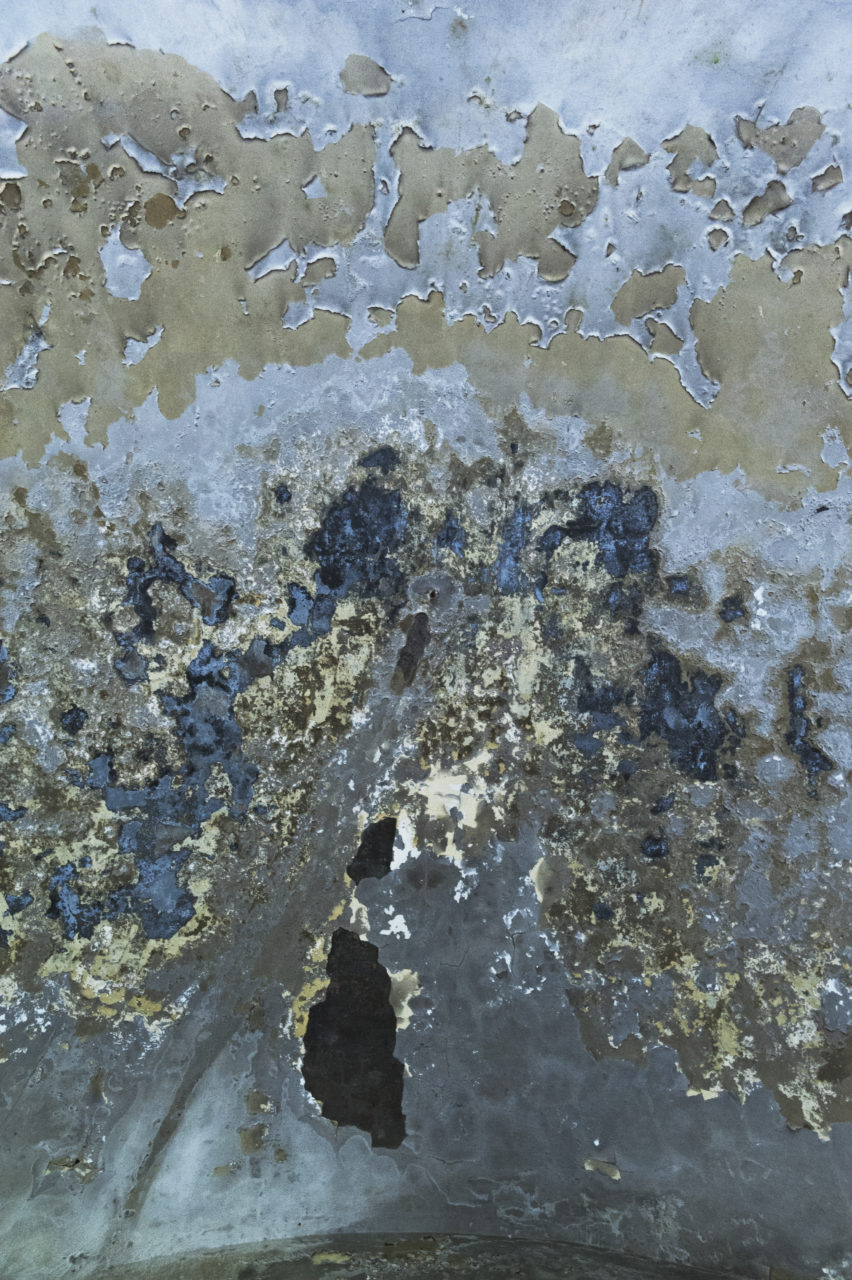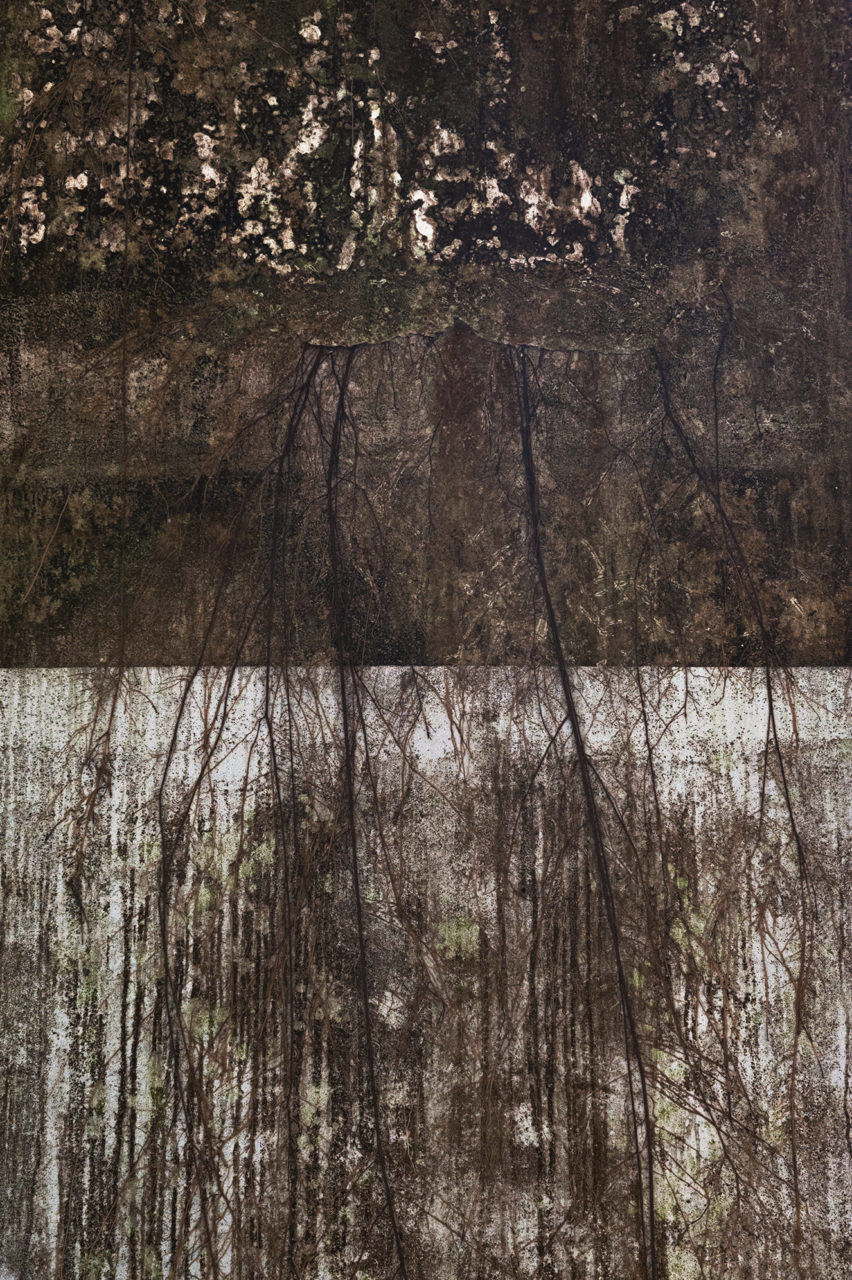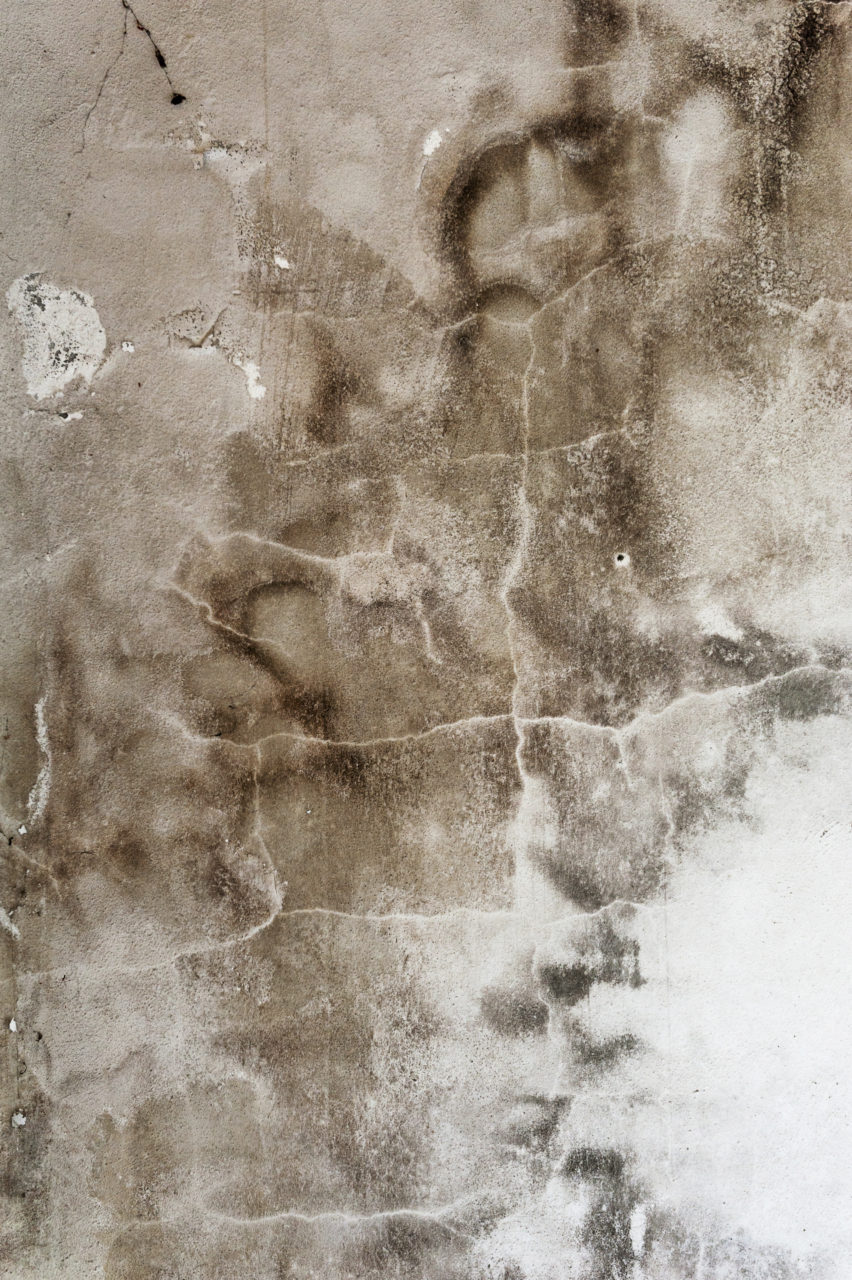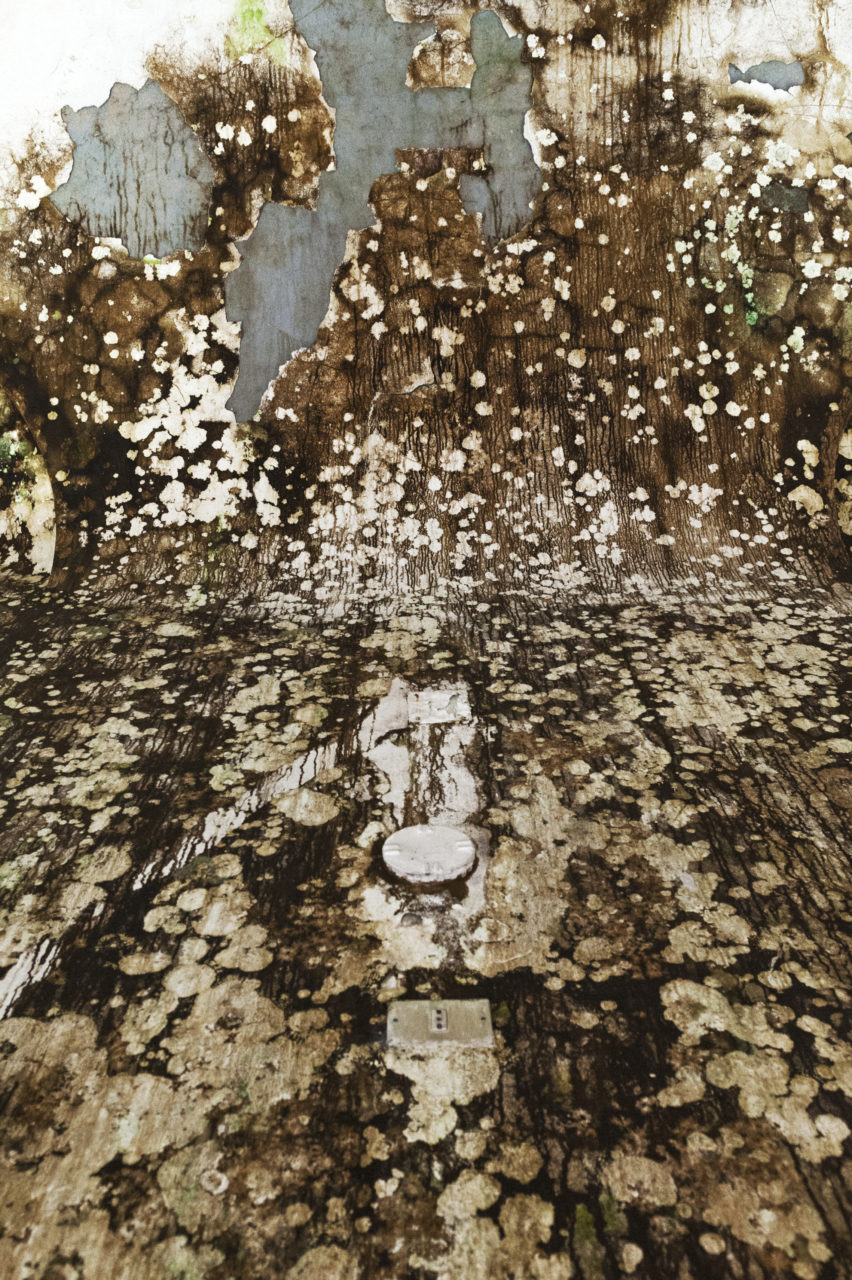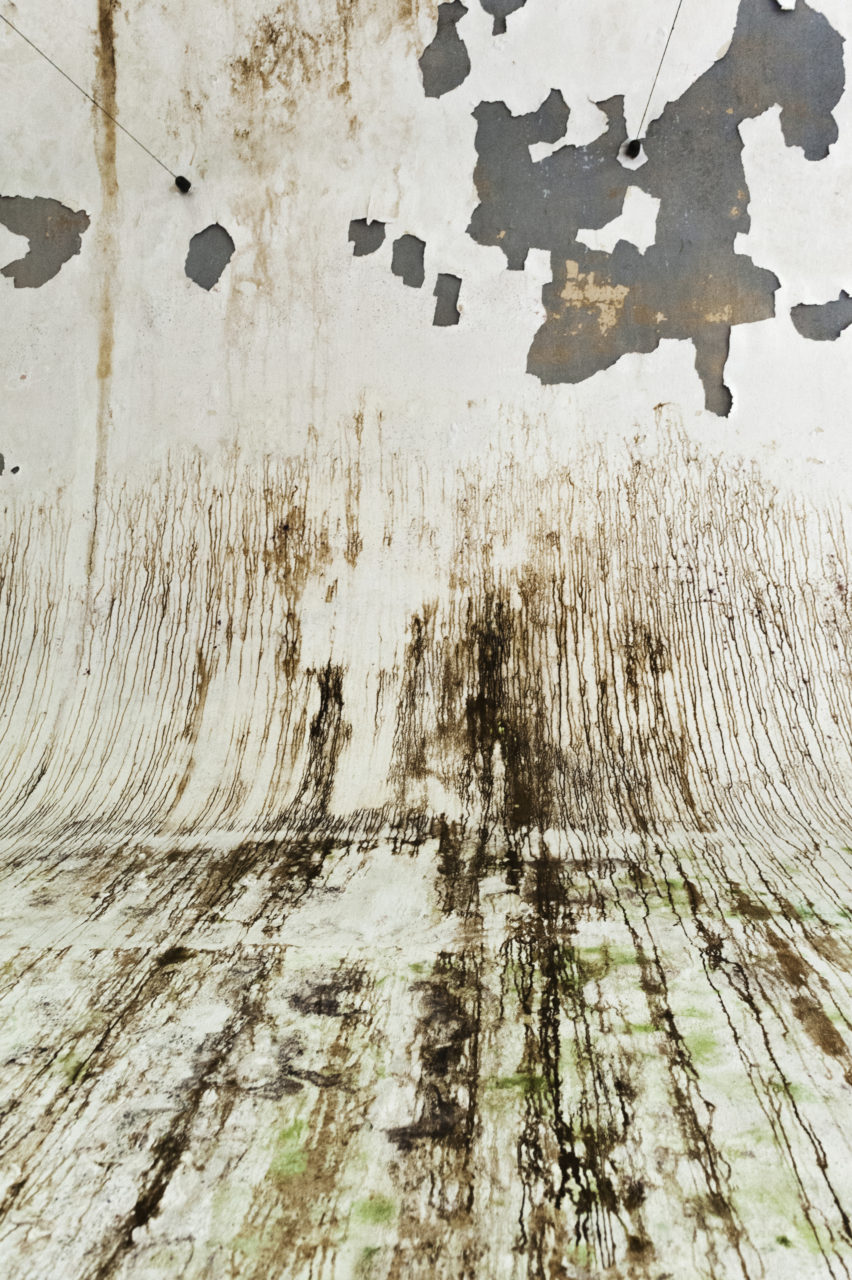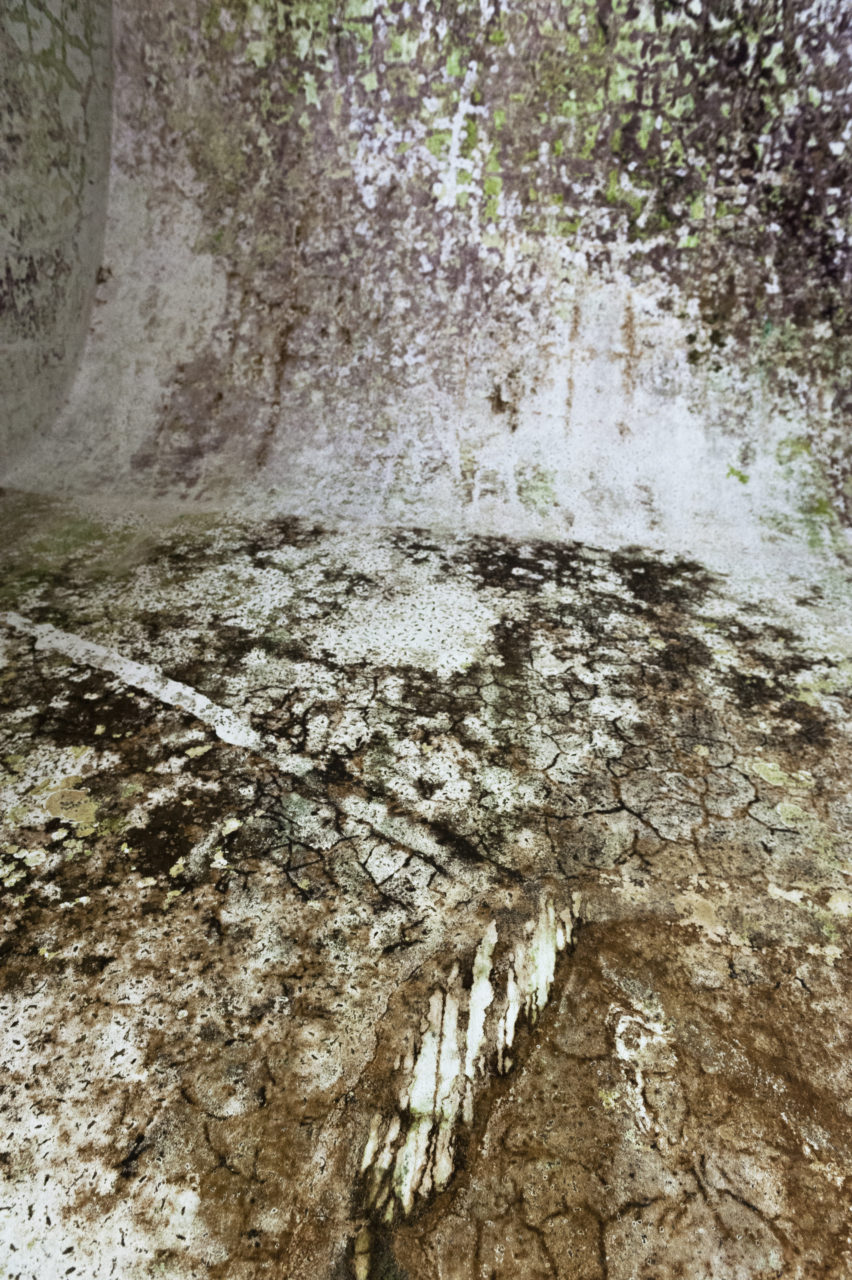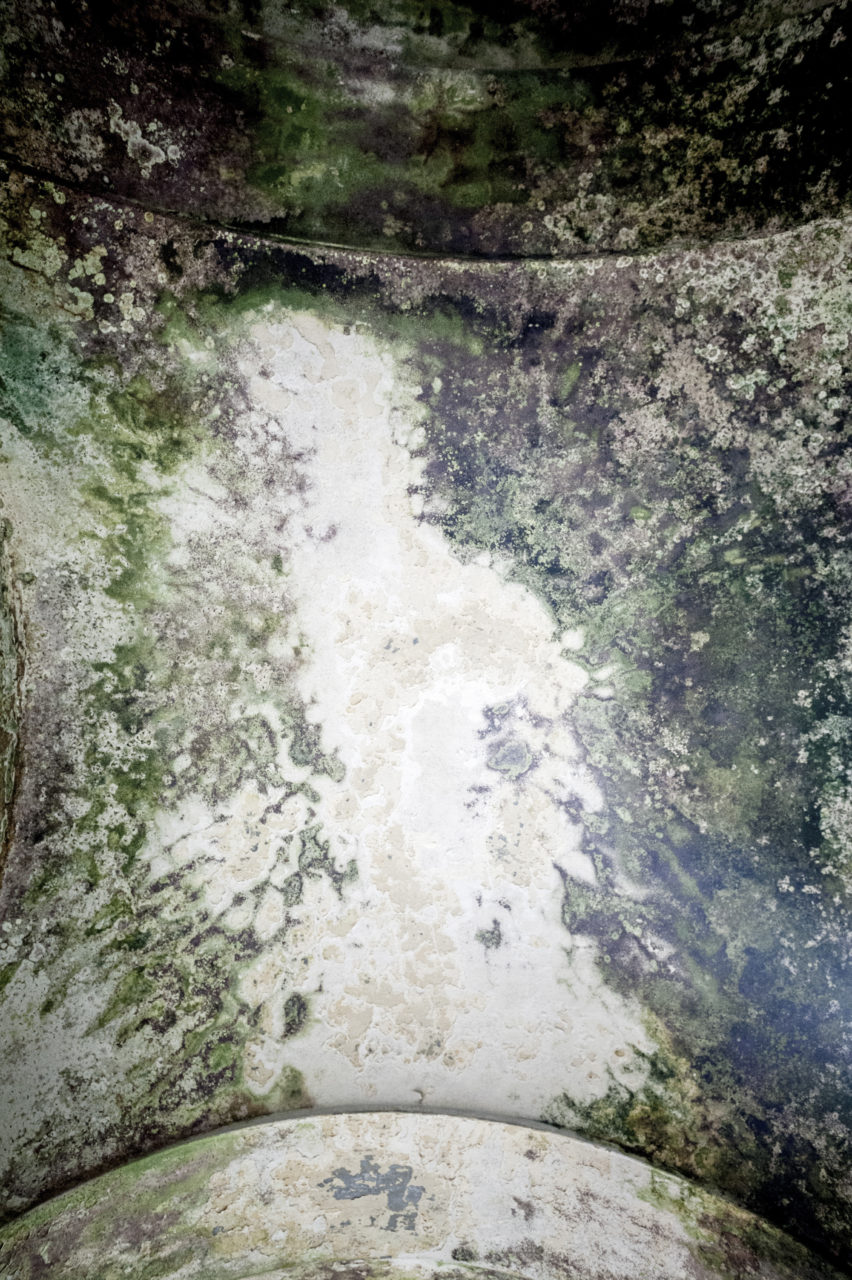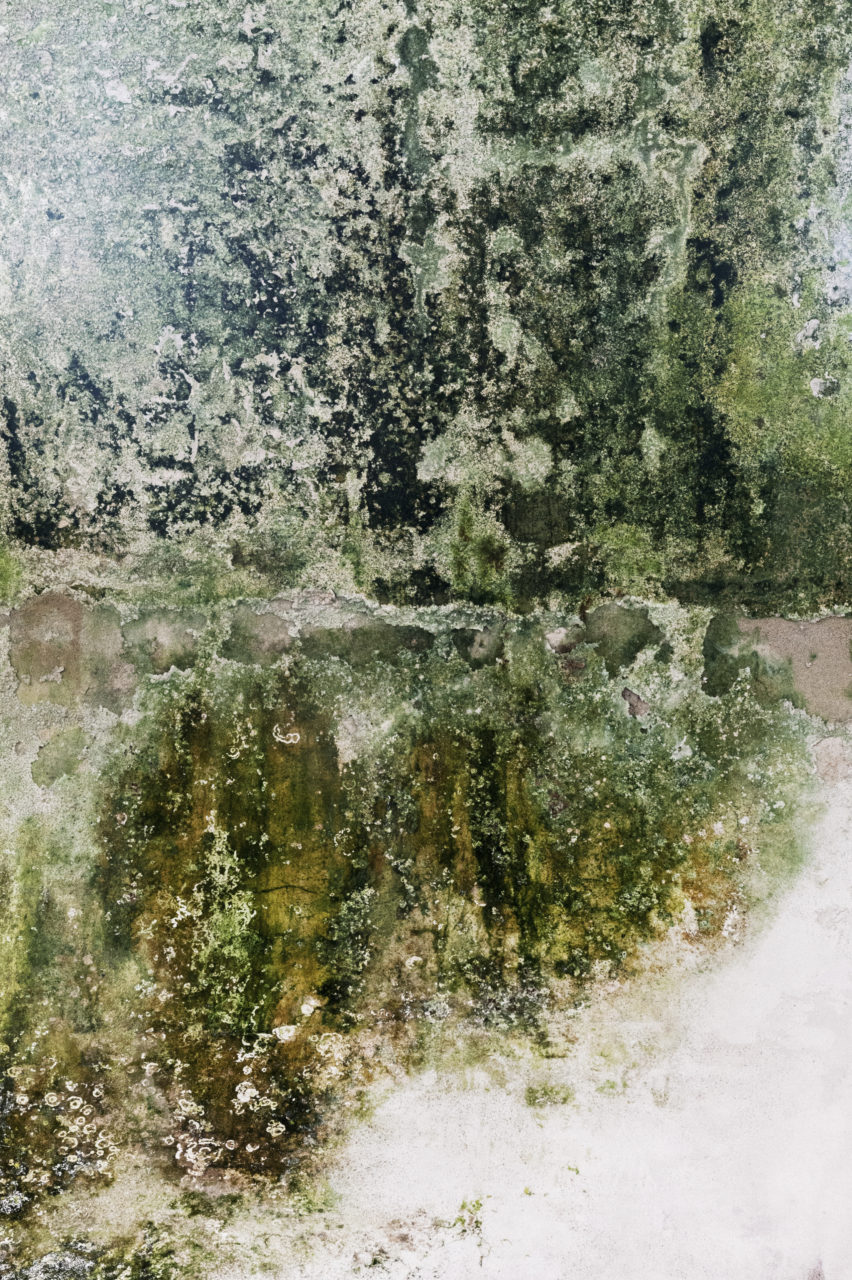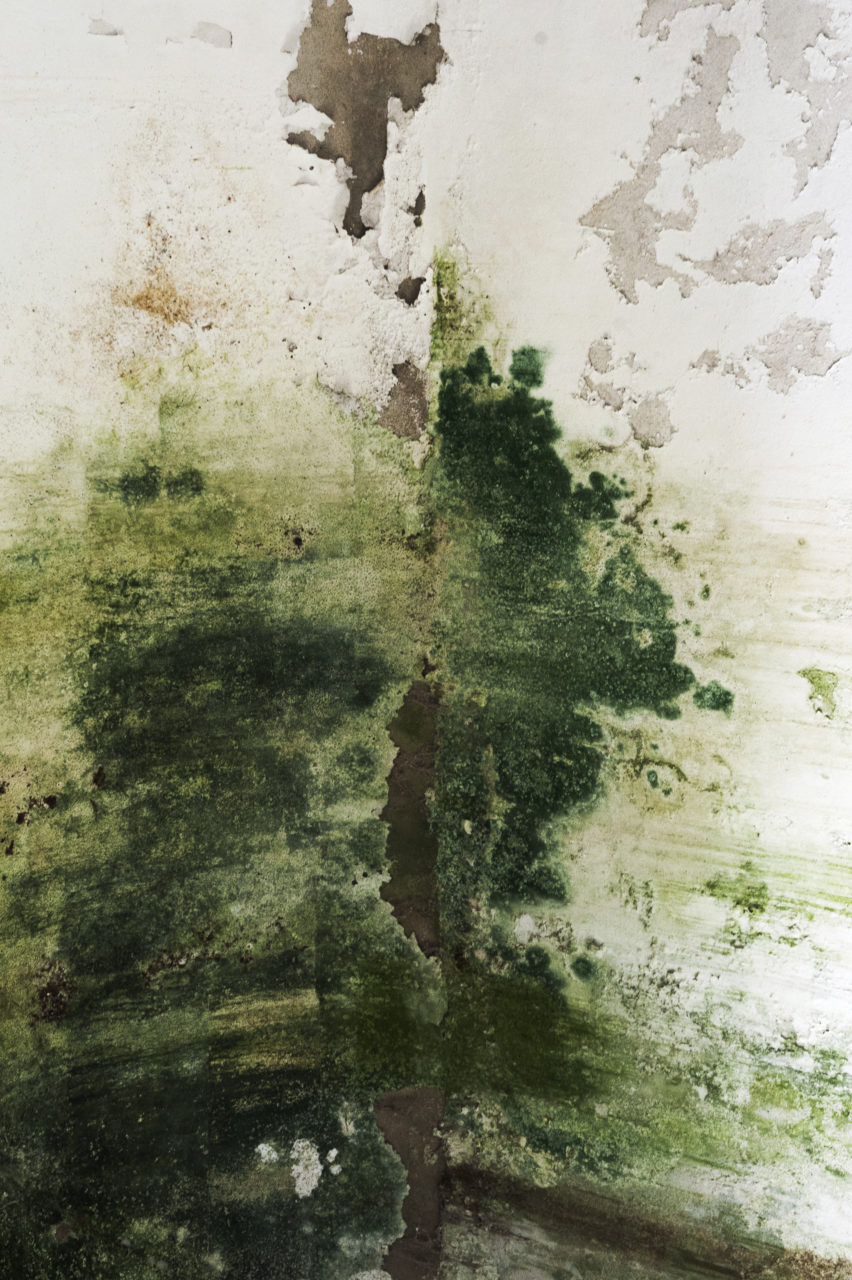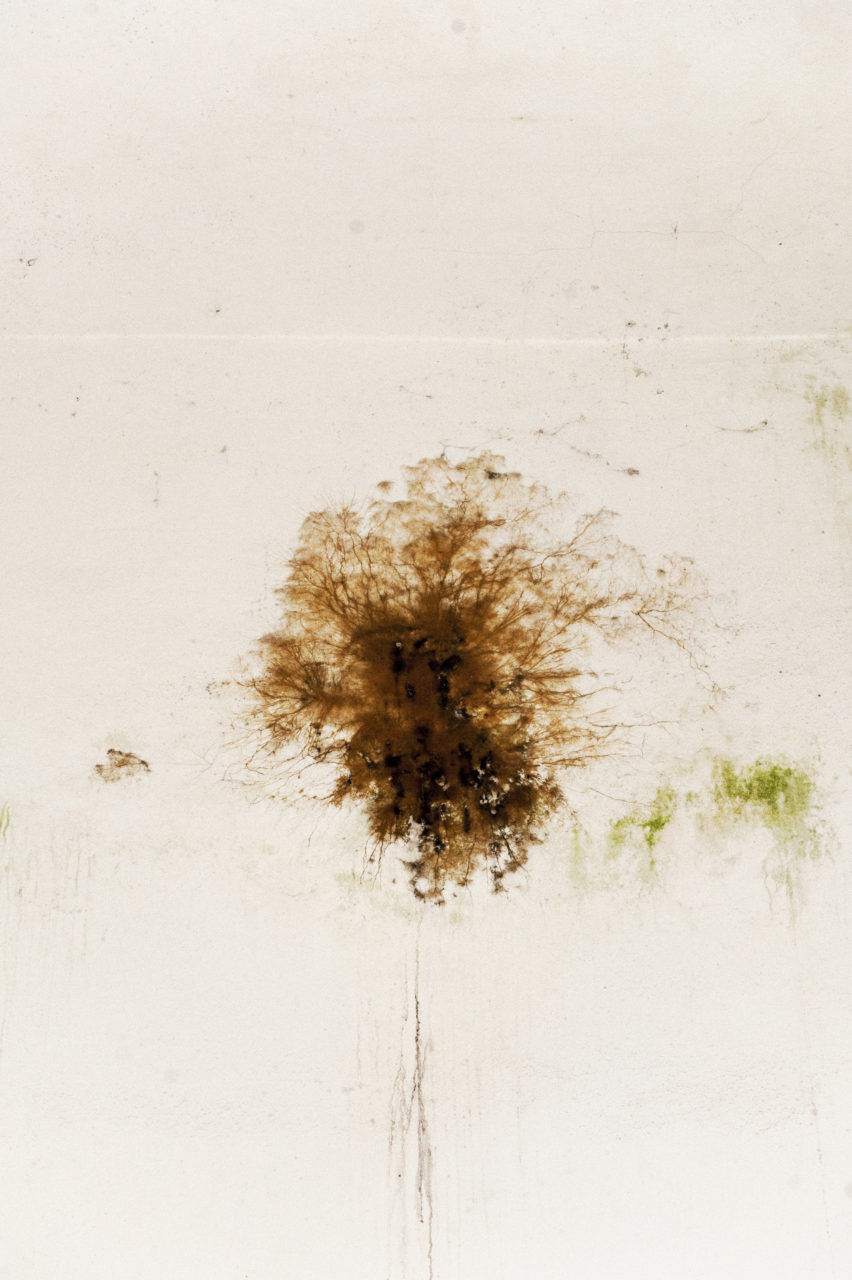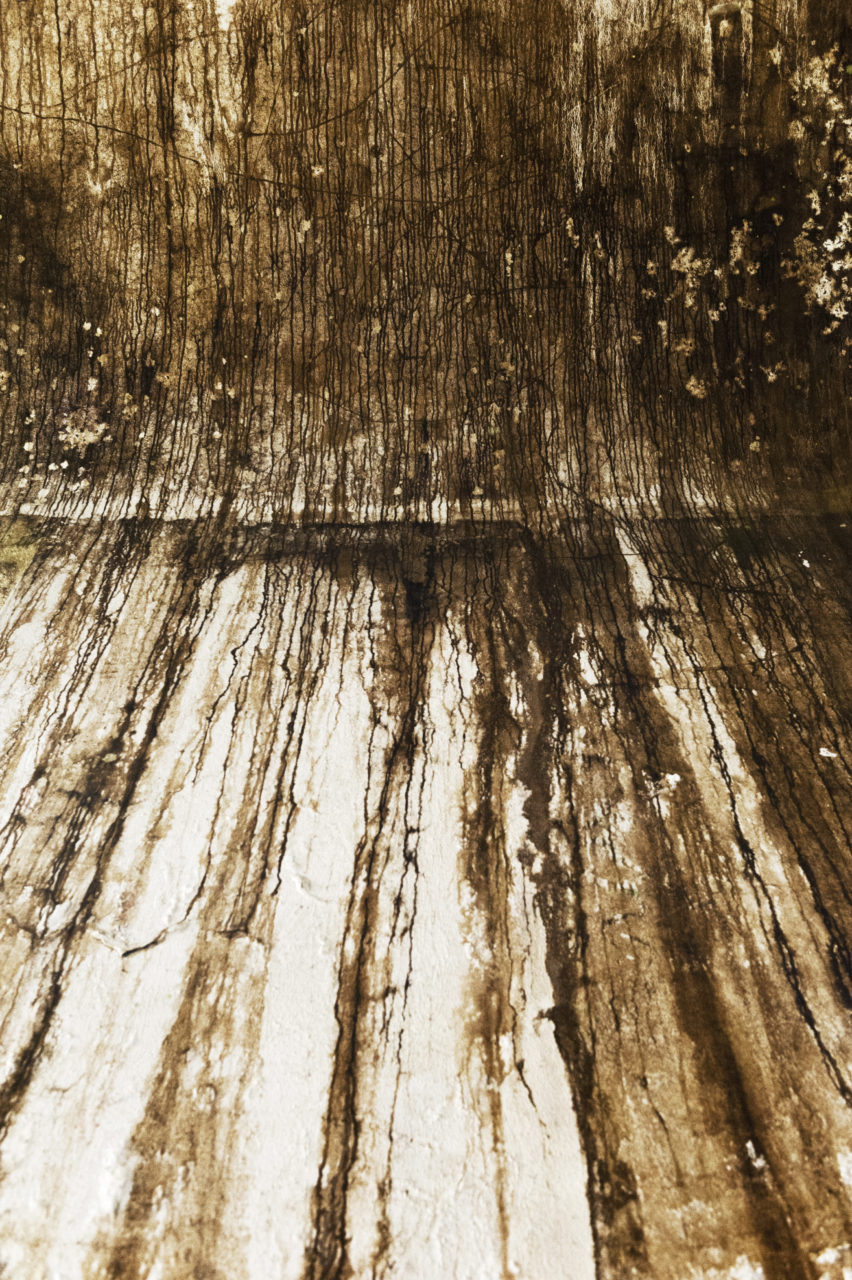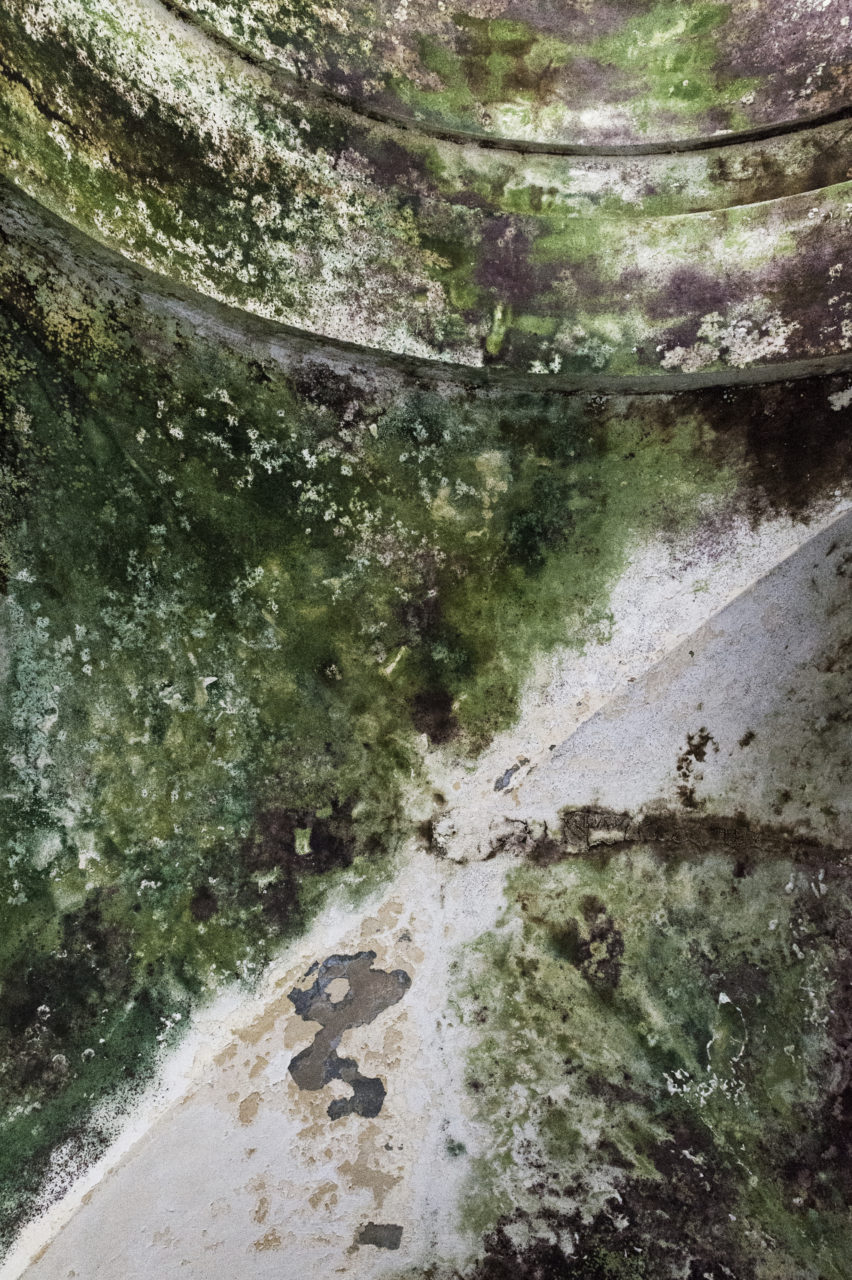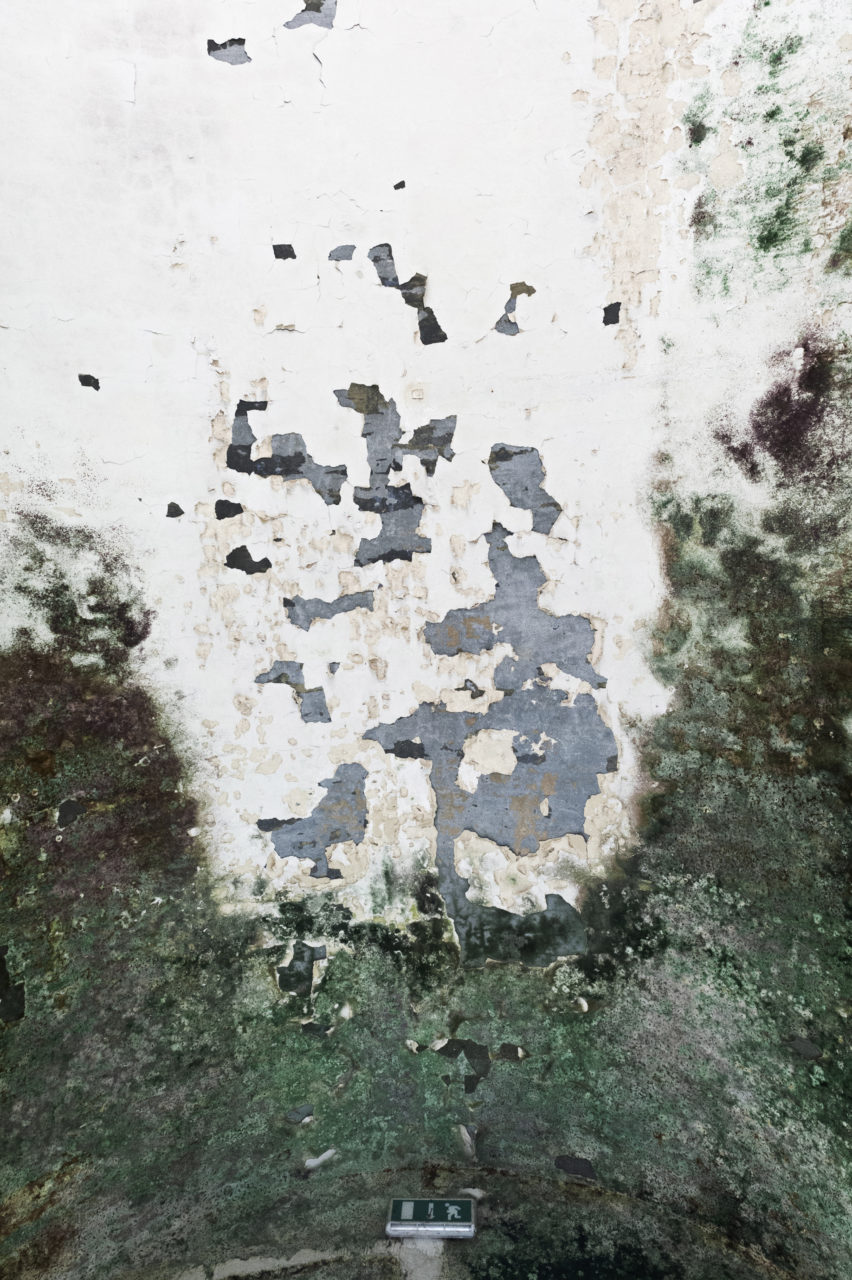UNSEEN FRESCOES
UNSEEN FRESCOES
2012 Limbiate, Monza
Archival pigment print
36 x 24 ” / 60 x 90 cm
Villa Pusterla-Crivelli-Arconati, in Limbiate, Monza, dating back to the 14th century, owes its present conformation to the massive renovation ordered by the Arconati family in the 1700s.
Many lives the building lived: suburban residence for the various families who possessed it, home to Europe’s largest botanical garden, headquarters of Napoleon Bonaparte and, lastly, from 1863, a psychiatric hospital. In this capacity, it housed more than 3,000 patients in its rooms, including veterans of World War I and II and Benito Mussolini’s illegitimate son, Benito Albini, who died there in 1942. The asylum was closed by the Basaglia Law in 1978 and remained abandoned. Walking through the huge halls, looking through the now ruined stained glass windows, one can sense the legacy of the mental hospital, where the echoes of the cries of those who inhabited it seem to want to emerge overwhelmingly from the walls.
The large landscape paintings that once decorated the Villa have mingled with the many stories and secrets, which remained guarded, trapped and invisible for a long time, slowly generating new frescoes, which seem to spring spontaneously from the walls, uncontrolled and immediate, almost brutal, more abstract and distorted. The photograph thus becomes a “Pictura,” that is, a fresco, in Latin.
Villa Pusterla-Crivelli-Arconati, a Limbiate, Monza, risalente al XIV secolo, deve la sua attuale conformazione alla ingente ristrutturazione voluta dalla famiglia Arconati nel ‘700. Molte le vite che l’edificio visse: residenza suburbana per le diverse famiglie che la possedettero, sede del giardino botanico più grande d’Europa, quartier generale di Napoleone Bonaparte e, infine, dal 1863, ospedale psichiatrico. In questa veste, ospitò nelle sue stanze più di 3 mila pazienti, fra cui i reduci della Prima e Seconda Guerra Mondiale e il figlio illegittimo di Benito Mussolini, Benito Albini che vi morì nel 1942. Il manicomio fu chiuso per la Legge Basaglia nel 1978 e rimase abbandonato. Attraversando gli enormi saloni, guardando attraverso le vetrate ormai in rovina, si può percepire l’eredità dell’ospedale psichiatrico, in cui l’eco delle grida di chi lo ha abitato sembra volere emergere prepotentemente dalle pareti. I grandi affreschi di paesaggi che un tempo decoravano la Villa si sono mescolati alle tante storie e ai segreti, rimasti custoditi, intrappolati e invisibili a lungo, generando lentamente nuovi affreschi, che sembrano sgorgare spontaneamente dai muri, incontrollati e immediati, quasi brutali, più astratti e distorti. La fotografia diventa quindi una “Pictura”, cioè un affresco, in latino.
